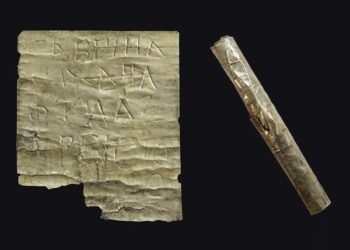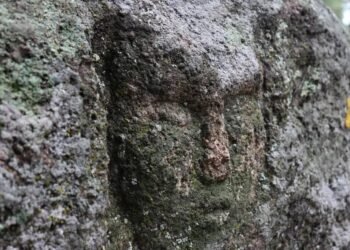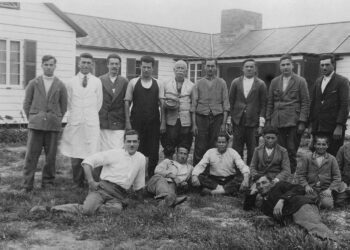Archaeologists have unearthed ancient Roman-era ruins in the village of Chamborêt, near Limoges, France.
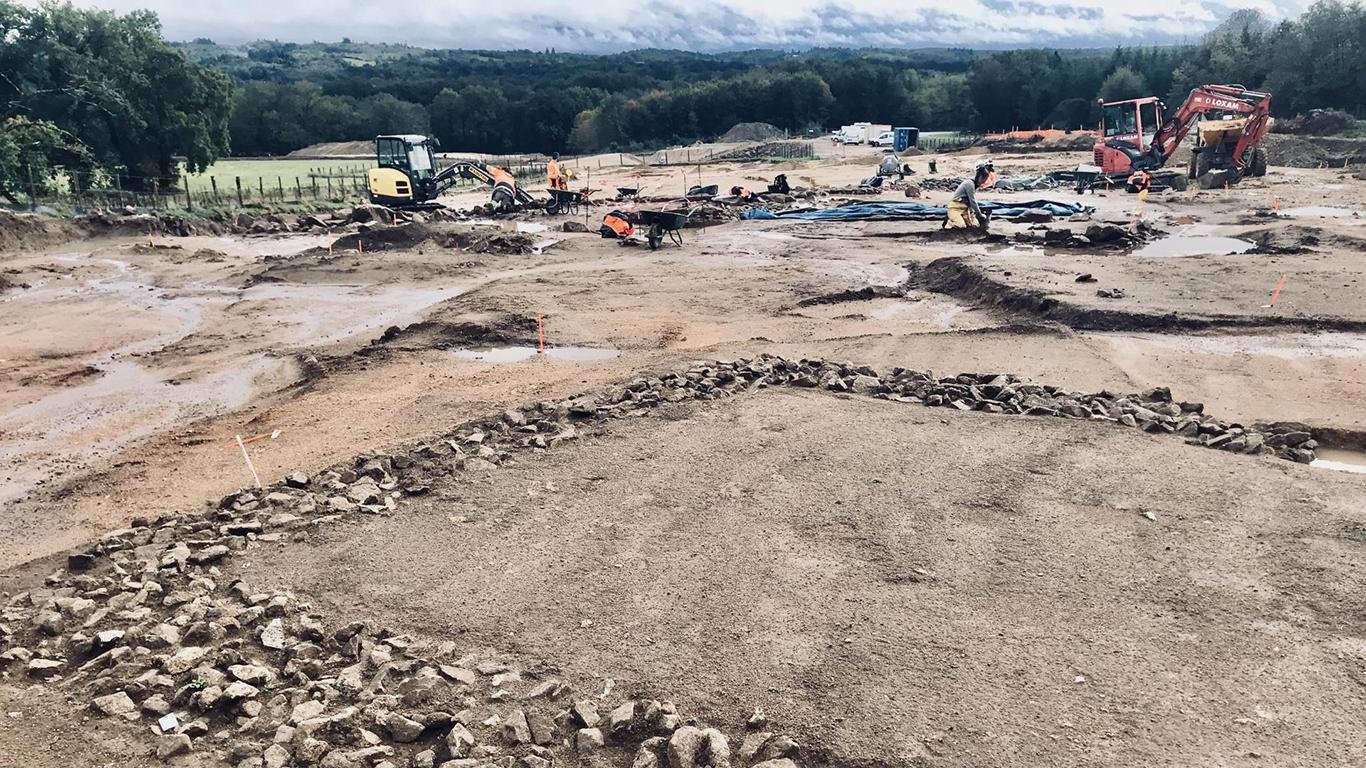
The findings have revealed a complex series of structures dating back thousands of years, with implications spanning from the Neolithic period to the late Roman Empire.
The excavation, conducted by archaeologists from the French National Institute of Preventive Archaeological Research (INRAP), was prompted by planned road construction in the Limoges-Bellac section of south-central France. Over an area of 8800 square meters, researchers uncovered evidence of both ancient agropastoral practices and a remarkable monument dating to the third century CE.
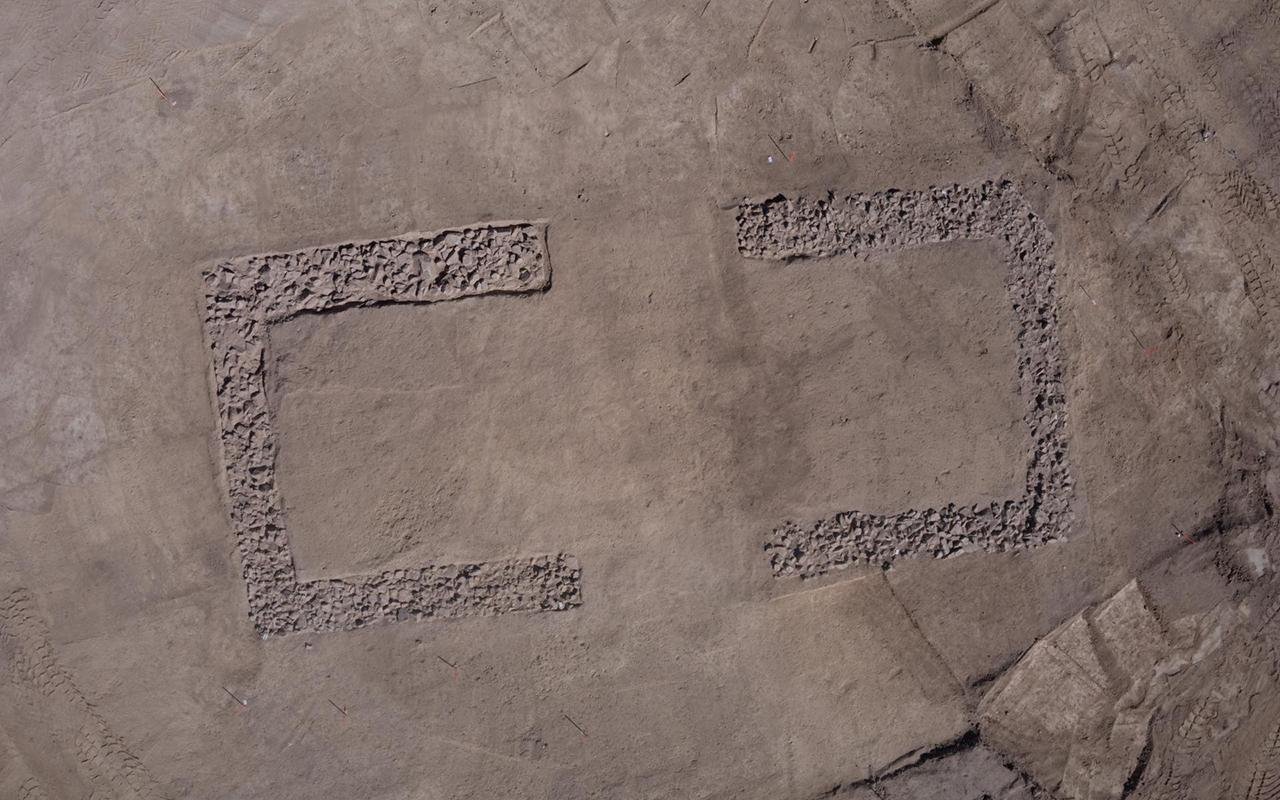
At the heart of the discovery is a spring catchment area, which served as a focal point for human activity throughout different historical periods. The site’s earliest occupation, dating back 4,500 to 6,000 years to the Neolithic era, featured structures likely used for agricultural and domestic purposes. These included a dry-stone building and evidence of wooden structures, indicating early human habitation and farming activities.

Following a period of abandonment, the site was reactivated during the third century CE, coinciding with the Roman occupation of the region. Archaeologists found extensive evidence of Roman-era constructions, including fragments of bricks, tiles, and coins from the late Empire period. Notably, a monumental wall or boundary, constructed of granite blocks arranged in an arc around the spring, was uncovered. This structure, likely serving a ceremonial or symbolic purpose, encapsulated the central water source and may have been associated with religious or cultural practices of the time.
Among the artifacts discovered at the site were pottery fragments, coins, and a stone carving depicting a deity or possibly Medusa, a motif commonly associated with warding off evil in late Roman times. This diverse array of finds suggests that the site held significance across different historical periods, evolving from a Neolithic settlement to a focal point of Roman-era activity.
“Water clearly played a major role in the occupation from the earliest times,” The researchers said in their statement.The presence of a spring, still active today, highlights the site’s importance as a vital water source for ancient communities.
The site’s transition from a Neolithic settlement to a Roman-era complex reflects broader shifts in rural occupation and management in Roman Gaul from the third century onwards.

As researchers continue with specialized investigations and analyses of the paleoenvironment, they anticipate uncovering additional evidence of the site’s significance and its influence on the cultural and historical characteristics of the area.









